Irrespective of your reasons for working out, be it for sports or personal fitness, one thing is certain: stretching can help you. Static stretches come with myriads of benefits, such as improvement in flexibility and reduction in muscle tightness, which ultimately allow you to go through your workout routines with greater efficiency. For the purpose of this article, we’ll zero in on several great static stretches and take a look at the benefits and when they should be done.
Benefits of Static Stretches
Static stretches come with tons of benefits that can help you make the most of your workout routine. Some of them include:
Improved Flexibility
If you want to perform better, flexibility is of tremendous importance, irrespective of the specific workouts you do. Luckily enough, static stretches are all you need to get all the flexibility you desire. Flexibility, also known as the range of motion (ROM) around a joint, has been shown by several studies to be improved by static stretching.[1] Although the specific mechanism through which this occurs is still unclear, static stretches have been shown to greatly increase muscle and joint flexibility[2] and tissue length[3], which work in tandem to make your workout more effective.
Prevent Injuries
If you’re looking to push yourself to your training limits without coming down with injuries, then stretching will do you a great service. Research has shown time and again that performing the right stretches pre- and post-workout greatly helps with injury prevention.[4] Think of it this way: When you stretch, you literally push your joints and muscle fibers to their limit. This increases the stretch tolerance in these muscles and joints over time, and the increased tolerance allows you to perform more rigorous exercises without negatively impacting your body or risking an injury.
Increased Blood Flow to the Joints
Another benefit of stretching is increased blood flow – and by extension, nutrient supply – to the joints and muscles of the target areas. This, in turn, improves the performance of these muscles and joints due to the availability of more nutrients, improved oxygenation, and removal of metabolites. For static stretching, though, the mechanism of action isn’t as straightforward. When stretching statically, blood flow (capillary oxygenation) temporarily reduces due to vascular compression. However, immediately after releasing the stretch, the blood flow to these areas nearly doubles the pre-stretching levels.[5]
Improvement in Recovery
If you’ve been working out for some time, then you’ve probably discovered that a rigorous workout session can leave you battling sore muscles for days. Recovery essentially means getting rid of this soreness and returning your muscle fibers back to their tip-top condition. Research has shown that practicing static stretches after your workout session helps to reduce muscle soreness. And while some may argue that this effect is minimal, the fact still remains that stretching does help shorten your recovery time. Stretching allows tissues to be better hydrated after the induced tension is released, and this encourages reduced inflammation and faster repair of such tissues. Other reasons why you really should incorporate stretching into your workout include:
Improved relaxation Increased movement efficiency Reduction in the risk of lower back pain Reduction in muscle tension Improvement in neuromuscular coordination Improvement in balance and postural awareness Relief from cramping
15 Static Stretches to Enhance Your Workouts
Here are some amazing exercises that will keep your body in tip-top condition and take your workout routine to the next level.
1. Neck Stretch
While sitting tall or standing, place your right arm gently on the right side of your head, and place the other arm out to your side. Slowly pull your head towards your right shoulder until you can feel the stretch on the left side of your neck. Hold for about 30 seconds before releasing, and repeat for the opposite side. Many people tend to hold stress and tension in their neck and shoulders. If you find this is the case, this is one of the best static stretches to use for a muscle release in this area.
2. Chest Stretch
Stand upright, with your fingers interlocked behind your back, near your buttocks. While keeping your shoulder blades together and your back straight, push your arms up behind you until you feel the stretch in your chest. Hold for about 20-30 seconds before releasing.
3. Cross-Body Shoulder Stretch
Stand upright or sit up tall on a chair or mat, and extend one arm out in front to shoulder height. Grab the extended arm with your other arm, and pull it towards your chest while keeping the extended arm straight. Continue the pull until you feel the stretch in your shoulder. Hold for 30 seconds, and repeat for the other arm.
4. Triceps Static Stretch
Lift your arms overhead, with both arms slightly behind your head and bent at the elbow. Use your right hand to pull your left elbow until you feel a stretch in your triceps. Hold for about 30 seconds, and repeat for the other arm. Many know this stretch from gym class, but it really is one of the best static stretches for the arms.
5. Biceps Stretch
Sit on the floor with your knees bent and feet flat on the floor. With your fingers pointing away from your body, place your two palms flat on the floor behind you. While your hands are steadily in place, slowly slide your butt downward toward your feet until you can feel the stretch in your biceps, shoulders, and chest. Hold for about 30 seconds before releasing.
6. Wrist Stretch
While standing up straight or sitting tall, extend your right arm forward to shoulder height with your fingers pointing toward the ceiling. Grab your right fingers with your left hand, and pull your right hand to bend the wrist until you can feel the stretch. Hold this position for about 30 seconds, and repeat for the opposite arm.
7. Side Stretch
Stand straight with your feet hip-width apart. Take your right arm and reach over your head towards your left side while bending your side. Keep bending your side slowly until you can feel a stretch on your right side. Maintain this position for about 30 seconds, and repeat for the opposite side. The muscles down your side body are notoriously difficult to stretch out. This is one of the best static stretches to try on a consistent basis to get them loosened up.
8. Abdominal Static Stretch
Lie down on your stomach with your face towards the ground and your palms facing the floor as though you’re about to do a push up. While keeping your pelvis firmly on the floor, gently push your upper body up from the ground. This should make your feel some stretch in your abs. Maintain this position for about 30 seconds before releasing.
9. Reclined Spinal Twist
Keep your shoulder blades flat on the ground, and you should feel the stretch around your back. Hold for about 30 seconds and repeat for the opposite side.
10. Knees to Chest
Lie on the ground facing the ceiling, with your knees bent. Hold your shins, and pull your knees toward your chest. This should make you feel some stretch in your lower back. Hold for about 30 seconds before releasing. If you’re looking to loosen up your back muscles, this is one of the static stretches you can do daily.
11. Hip Flexor Static Stretch
Stand upright in a standard lunge position, and place your two hands on your hips. Step out on your right foot into mini-lunge position, without your knee going beyond your right toe. Hold for about 30 seconds and repeat for the left side.
12. Figure 4 Stretch
Sit tall on the ground with both knees bent and both feet on the floor. Lift your right leg and cross it over your left thigh, while your left knee remains bent. Pull both legs inwards toward your abdomen for a deep stretch of your glutes. Hold this position for about 30 seconds, and repeat with the other leg.
13. Standing Quad Stretch
Stand tall while maintaining a straight posture. With your left hand, grab a pole, wall, or anything durable for balance. With your right hand, grab your right foot and pull up your heels until they touch your buttocks. Keep your knees close together while doing this, push your hip forward, and you should feel the stretch in your quadriceps. Hold this position for about 30 seconds, and repeat for the other side. This is one of the best static stretches for the quads.
14. Hamstring Stretch
Sit on the floor with your right leg extended straight in front of you and your left leg bent. Reach forward with your right hand, and touch your right toes. This should cause a stretch in your right hamstring. Hold this position for about 30 seconds, and repeat for the left leg. If you’re unable to reach your toes, try holding your shin instead, but seek to go further every time you perform the stretch until you can touch your toes.
15. Calf Stretch
Sit on the ground and extend your right foot straight in front of you. Gently pull your right toes backwards with your right hand. This should cause a noticeable stretch in your calf. Hold this position for about 30 seconds and repeat for the left leg, if you’re unable to reach your toes, use a rope or towel to pull your toes inward.
Bonus: Stretch With a Resistance Band
Resistance bands offer a unique benefit from free weights and create tension throughout your movement. Get the free 30 Day Resistance Band Full Workout Challenge, and challenge yourself to stretch with a resistance band.
When Should You Do Static Stretches?
Static stretching is great when done correctly and at the right time. Over the years, research has shown that static stretching produces best results when done after working out or on rest days,[6] but not as a part of warm up routines before an explosive workout session. This is because static stretches have a cool-down effect on each muscle group and are more effective when done after the muscles are already warm. That doesn’t mean you must never ever perform static stretches before working out, but do it sparingly. Dynamic stretches, which involve more movement, are generally recommended for warming up as it helps the body prepare better for the work ahead.
The Bottom Line
Carving out the body of your dreams isn’t only about lifting weights and running. You need to keep your body “elastic” if you’re going to make the most of your training, and that’s the whole point of static stretches. Starting today, be sure to incorporate these static stretching exercises into your routine, and in no time, you’ll find yourself recovering faster and performing better than ever before.
More Tips on Stretching
15 Simple And Quick Office Stretches To Boost Work Efficiency 7 Practical Tips For Stretching Daily 15-Minute Stretching Routine to Stay Fit and Flexible How to Get Fit: The Ultimate Guide
Featured photo credit: Alora Griffiths via unsplash.com
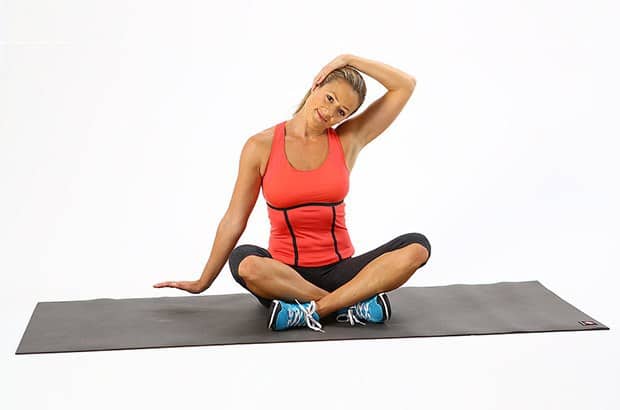
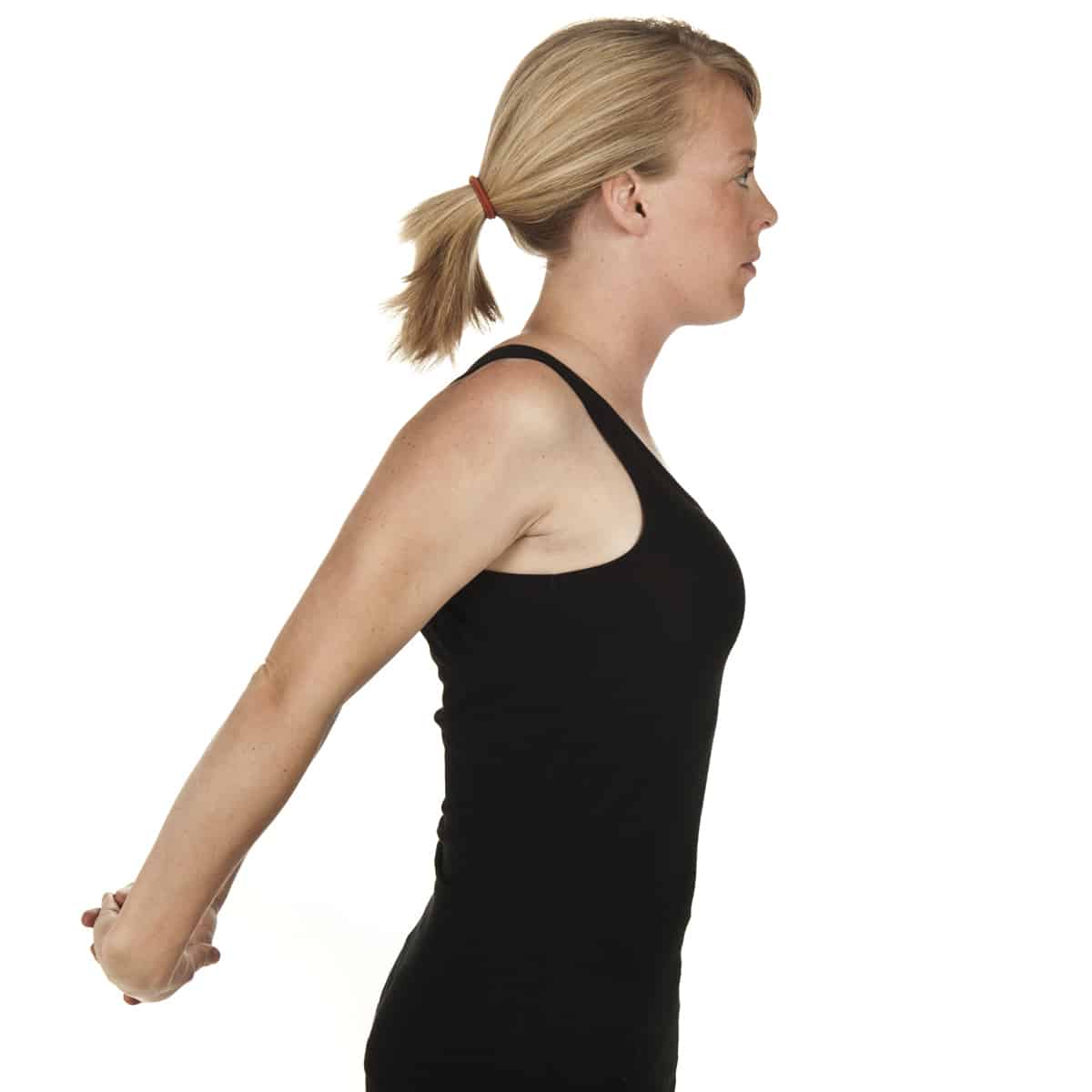


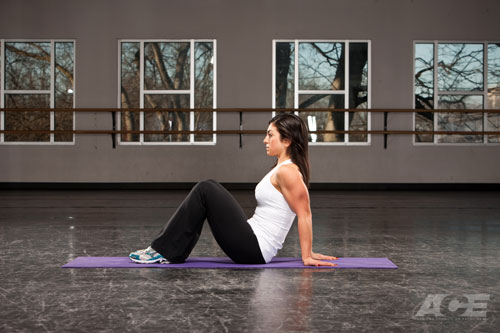

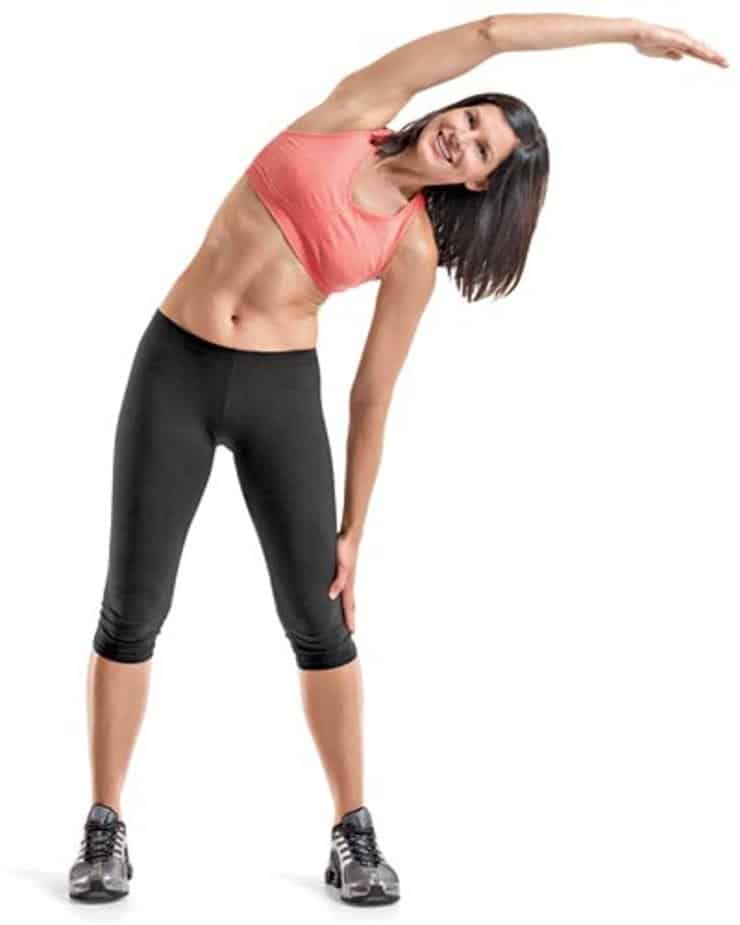
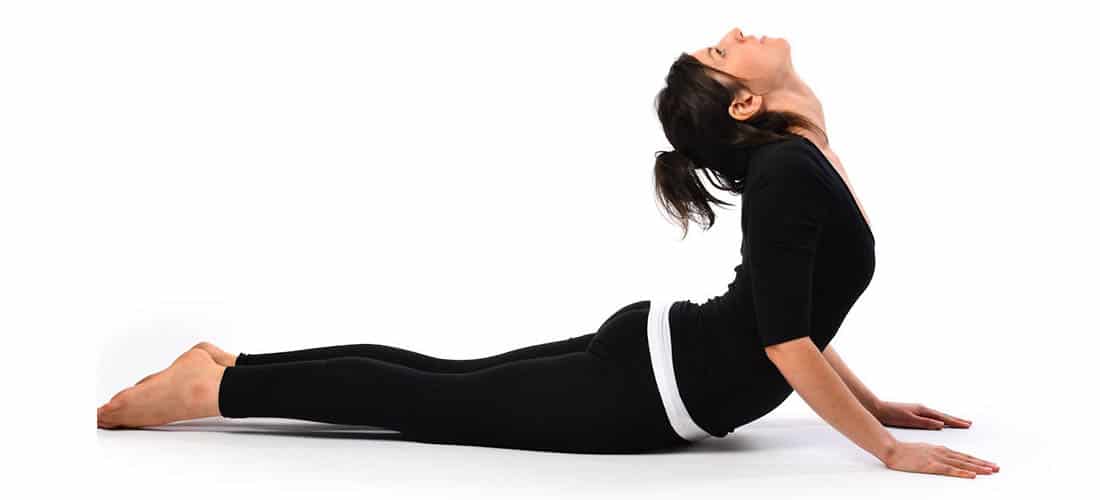
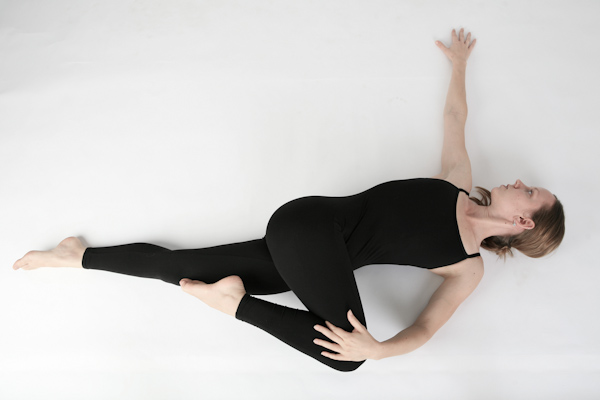

/FINAL_VWFitFitnessAnnotations1-5c4b74c046e0fb0001a8e6ac.jpg)



